Anyone using Polymer Crystals in Pots?
g-in-fl
11 years ago
Related Stories

COLORHow to Use Marsala, Pantone’s 2015 Color of the Year
Pantone digs deep and goes earthy with its selection. Here are ways to make it work in your home
Full Story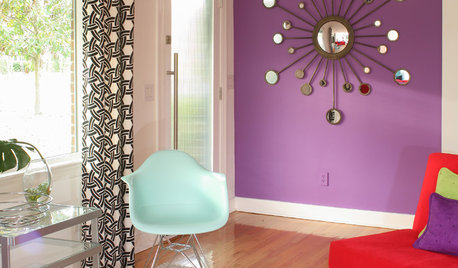
COLORBest Ways to Use Radiant Orchid, Pantone's Color of 2014
Learn how to work in this bold fuchsia-pink-purple successfully around the home, and give it a yay or nay in the Houzz poll
Full Story
FARM YOUR YARDHow to Grow Vegetables in Containers
Get glorious vegetables and fruits on your patio with a pro’s guidance — including his personal recipe for potting mix
Full Story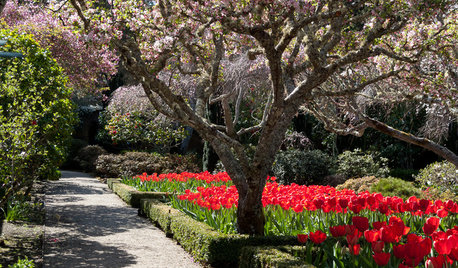
PLANTING IDEASEasygoing Tulip Ideas From a Grand California Garden
Gather up these ways to use tulips to make a spring garden of any size overflow with beauty
Full Story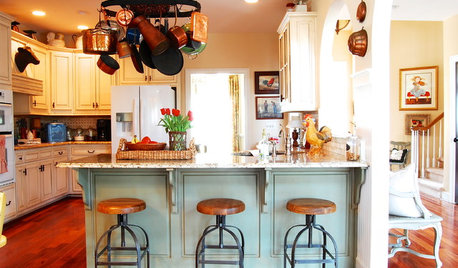
HOUZZ TOURSMy Houzz: French Country Meets Southern Farmhouse Style in Georgia
Industrious DIYers use antique furniture, collections and warm colors to cozy up their traditional home
Full Story
DECORATING GUIDESHouzz Tour: Arts and Crafts Cottage Gets a Lively Remake
An interior designer uses color, light and historical touches to brighten up a 1920s Sydney home
Full Story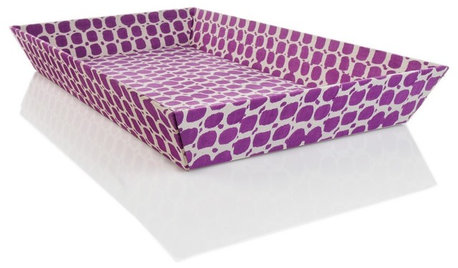
DECORATING GUIDES41 Great Gifts for Home Decor
Houzz Gift Guide 2010: Color, Fun and Style for the Rooms We Use Most
Full Story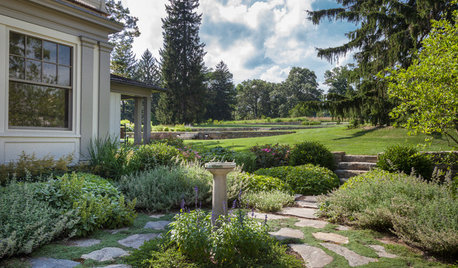
TRADITIONAL HOMESHouzz Tour: Connecticut Farm Restored for Generations to Come
A man renovates his extended family’s stately farmhouse and land. Sustainable practices are used in gardens, wetlands and recreation areas
Full Story
FUN HOUZZHow to Build a Really, Really Small House
A four-minute film holds the magnifying glass up to a dollhouse collector smitten with all things small
Full Story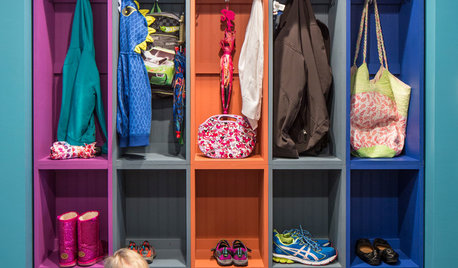
ENTRYWAYSTransition Zone: How to Create a Mudroom
Save your sanity by planning a well-organized area that draws the line between inside and out
Full Story


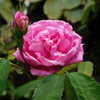
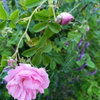
jaxondel
jerijen
Related Professionals
Cottonwood Landscape Architects & Landscape Designers · Saint Louis Park Landscape Architects & Landscape Designers · Harvey Landscape Architects & Landscape Designers · Canton Landscape Contractors · Maple Valley Landscape Contractors · Addison Landscape Contractors · Goodlettsville Landscape Contractors · Huntley Landscape Contractors · Post Falls Landscape Contractors · Severna Park Landscape Contractors · West Haverstraw Landscape Contractors · Forest Hill Landscape Contractors · Buena Park Swimming Pool Builders · Silver Spring Siding & Exteriors · Waukegan Siding & Exteriorshenry_kuska
kittymoonbeam
seil zone 6b MI
roselee z8b S.W. Texas
cath41
cath41
mike_rivers
henry_kuska
roselee z8b S.W. Texas
windeaux
henry_kuska
windeaux
hoovb zone 9 sunset 23
henry_kuska
henry_kuska
g-in-flOriginal Author
kittymoonbeam
lagomorphmom
g-in-flOriginal Author